"DC" Really Stands for Demon Cat... Which Haunts the U.S. Capitol
In a city filled with as much history and important figures as Washington, D.C., it’s no wonder that the District is also home to a number of spirits as well. While there are many famous phantoms, like the ghost of Abraham Lincoln who once caught Winston Churchill in the nude,1 only one of these wispy wraiths walks on all fours. Meet the Demon Cat of D.C.!
According to legend (and the Washington Post), it all began one night in 1862.2 A night watchman was patrolling the basement when he spied a pair of eyes glowing “with all the ferocity of the headlights of a fire engine.”3 Out of the dark emerged a big black cat which quickly grew to the size of an elephant before his very eyes! The watchman grabbed his pistol from his belt and aimed it towards the beast, but in his fright, he missed the shot. “When I shot at the critter it jumped right over my head,” and after that, it was gone.4
floor of the US Capitol building. (Source: National Humanities Alliance)
Another soldier reported a similar incident with the Demon Cat, as it came to be known, when it hissed “like a washboiler” before leaping at him with its mouth spread wide and its fangs exposed. Yet before contact was made, the ghoul vanished just as quickly as it had appeared.5 Although there is more evidence of the beast haunting the Capitol, it has purportedly been seen prancing around the White House as well. In fact, it is said that it’s appearance on the Ground Floor of the White House foretells terrible events, with guards claiming to have sighted the feline shortly before the assassinations of both Lincoln and John F. Kennedy, as well as the stock market crash of 1929.
Some may argue that there may not necessarily be causation between seeing a cat and having a political figure killed. These skeptics may be in search of some more hard evidence, and evidence doesn’t get more concrete than paw prints stamped into the literal concrete of the Capitol building! If ever on a tour through the halls of Congress you find yourself within the Small Senate Rotunda, just North of the building’s famous main rotunda, you may spy a pair of devilish paw prints embedded in the concrete by the base of one of the room’s eight columns.
the introduction of cats. (Source: Architect of the Capitol)
Before you dial the Ghostbusters on what seems like an obvious case of phantasmal felines, let’s examine some alternative explanations. First, whether or not they were demonic, there is definitely a history of cats in the Capitol.
During the Civil War, Washington, D.C. acted as a sort of giant military outpost, and the influx of northern soldiers and volunteers saw the population of the city more than double. All these people needed to eat, and so the basement of the Capitol temporarily transformed into a mega bakery6 . You can’t have bread without giant sacks of wheat, and you can’t have giant sacks of wheat laying around a basement without, you guessed it, rats. Some meticulous mousers were brought onto the team and began helping the war effort the only way they knew how -- catching vermin.
So there were definitely cats in the capitol… but how did these four legged public servants become the subject of spectral stories? Part of the mythos may have actually resulted from the unique architecture for which the Capitol is famous. An 1892 Evening Star article describes how bands of nocturnal cats would haunt the halls of Congress after hours.
…the Capitol is the greatest place in Washington for cats. The huge structure is fairly aswarm with them, and at night they scamper about in troops. Nobody knows how many of them there are, but the watchmen reckon them by scores. They are all vagrants and wild as hawks... At about 10 o’clock every night they begin a mad racing through the empty corridors, which are made to resound with their cries. The acoustic effects produced are astonishing. Let a single grimalkin lift up his voice in statuary hall, famous for its echoes, and the silence of the night is broken by a yell like that of a damned soul, as loud as a locomotive whistle. A favorite place for cat concerts is the whispering gallery down below, known as the “crypt,” where the feeblest sound is magnified into a roar. Imagine the demoniacal ensemble of half a dozen feline songsters in such a spot.7
As if these chaotic kitty caravans were not enough to strike fear into the guards, according to another Evening Star article, an unnamed engineer who worked in the basement and was a staunch skeptic of spirits played a prank on his more naïve compatriots. Sometime in September of 1881,8 while recently assassinated president James A. Garfield lay in state, the engineer smuggled two walnuts and a black cat into work with him. After hollowing out the nuts, he affixed half a shell to each of the cat’s paws with string and let them loose in Statuary Hall, howling and clicking as they tried to shake loose their new shoes.9
Now a picture begins to emerge of how a lone guard may be startled into the belief of a beast from beyond, but what about the cat that grew to the size of an elephant? Steve Livengood from the United States Capitol Historical Society has a theory. As he told CSPAN, in the 19th Century, the Capitol Police force was famously unqualified, most of their ranks were filled by way of patronage jobs. Livengood suggests “if a guard was on the shift late at night when nobody else was around, it was often some senator’s ne’er-do-well brother-in-law who had a drinking problem.”10 The theory is that, after having more than his share of hooch, the watchman of the original story may have found himself on the floor in a semi-conscious state. When he awoke on the floor in an drunken state, the vision of a cat approaching him would have created an illusion that the creature was growing in size the closer it got. Lucky for the cat involved in this encounter, the booze affected the man’s aim as much as it did his perception.
Livengood purports that, although the supervisors knew the story of a demon cat was likely a result of over-imbibement, the watchman could not be dismissed for the misconduct because of his political connections. So, instead, he was treated to time off for recovery. And that’s how the fable began to spread, because when “other guards discovered that if they were ‘attacked’ by the demon cat, they got a couple of days off, too.”11
cats on the Capitol's anti-mouse militia. (Source: Library of Congress)
Surely the whole thing couldn’t have been made up by unqualified drunks who were more interested in partying than patrolling, right? What about the paw-prints? That’s literal concrete evidence! Of cats, yes, of demons, no. After an explosion from a gas leak in 1898,12 much of the original stone floor needed to be replaced, and during the reconstruction, a wandering tabby likely strayed off from its gallivanting gang of grimalkins and left its mark in the curing concrete.
So, was there ever a Demon Cat? Probably not. It seems the perpetuation of the tale was more a result of wanting a day off than any actual encounters with feline-kind. But just because they weren’t demons doesn’t mean the cats who did live in the Capitol deserve any less praise. Mary and Dirty,13 who had higher mice body counts than your average public servant, are honored in a photo hanging in the Dirksen Senatorial office building’s cafeteria.14 So while you may never cross paths with the actual Demon Cat in all its ghoulish glory, you might still be able to catch the DC DemonCats, a local roller derby team inspired by the legend.15 Though don’t be fooled, even if there may not be any cat ghosts, there are plenty of other spectacular specters who call Washington home…16, 17, 18, 19
Footnotes
- 1
Brodt, Katherine, "The Legends of Lincoln's Ghost," Boundary Stones, October 29, 2020.
- 2
Unknown Author, "Spooks of the Capitol," The Washington Post, October 2, 1898, 28.
- 3
Gillingham, George O., "A Demon Cat and Other Spooks Haunt the Halls of the U.S. Capitol," The Washington Post, June 30, 1935, B9.
- 4
Unknown Author, "Spooks of the Capitol," The Washington Post, October 2, 1898, 28.
- 5
Gillingham, George O., "A Demon Cat and Other Spooks Haunt the Halls of the U.S. Capitol," The Washington Post, June 30, 1935, B9.
- 6
Goff, Jenna, "Bread Kneaded on Capitol Hill," Boundary Stones, June 7, 2015.
- 7
Unknown Author, "Uncle Sam's Cats," The Evening Star, November 5, 1892, 12.
- 8
Bell, Charles Milton, "Remains of President Garfield lying in state in the rotunda of the U.S. Capitol," September 24,1881. According to the article in footnote X, this prank occurs while Garfield is laying in state. This photograph implies it was likely sometime around September 24, the copyright date of the photograph, and fives days after the assassination of Garfield.
- 9 Colman, Edna M., "Singular Tales of Ghosts Give Color to City's Lore of the Past," The Sunday Star, August 21, 1927, part 5 page 3.
- 10
Livengood, Steve, "Capitol Ghost Stories," C-Span video, 21:10, October 27, 2020.
- 11
Livengood, Steve, "Capitol Ghost Stories," C-Span video, 21:10, October 27, 2020.
- 12
United States Senate, "Capitol Gas Explosion," accessed March 9, 2023.
- 13
Unknown Author, "Cat Patrol in the Capitol Keeps it Free of All Mice," The New York Times, March 13, 1927.
- 14
Livengood, Steve, "Capitol Ghost Stories," C-Span video, 21:10, October 27, 2020.
- 15
DC Rollergirls, "DC DemonCats," accessed March 9, 2023.
- 16
Brodt, Katherine, "The Legends of Lincoln's Ghost," Boundary Stones, October 29, 2020.
- 17
Swain, Claudia, "The Octagon House's Tales from the Grave," Boundary Stones, July 16, 2014.
- 18
Cooney, Ruthie, "The Phantoms of North Fairfax Street," Boundary Stones, October 22, 2018.
- 19
Cooney, Ruthie, "The Hay-Adams Hotel's Perpetual Guest," Boundary Stones, October 31, 2018.


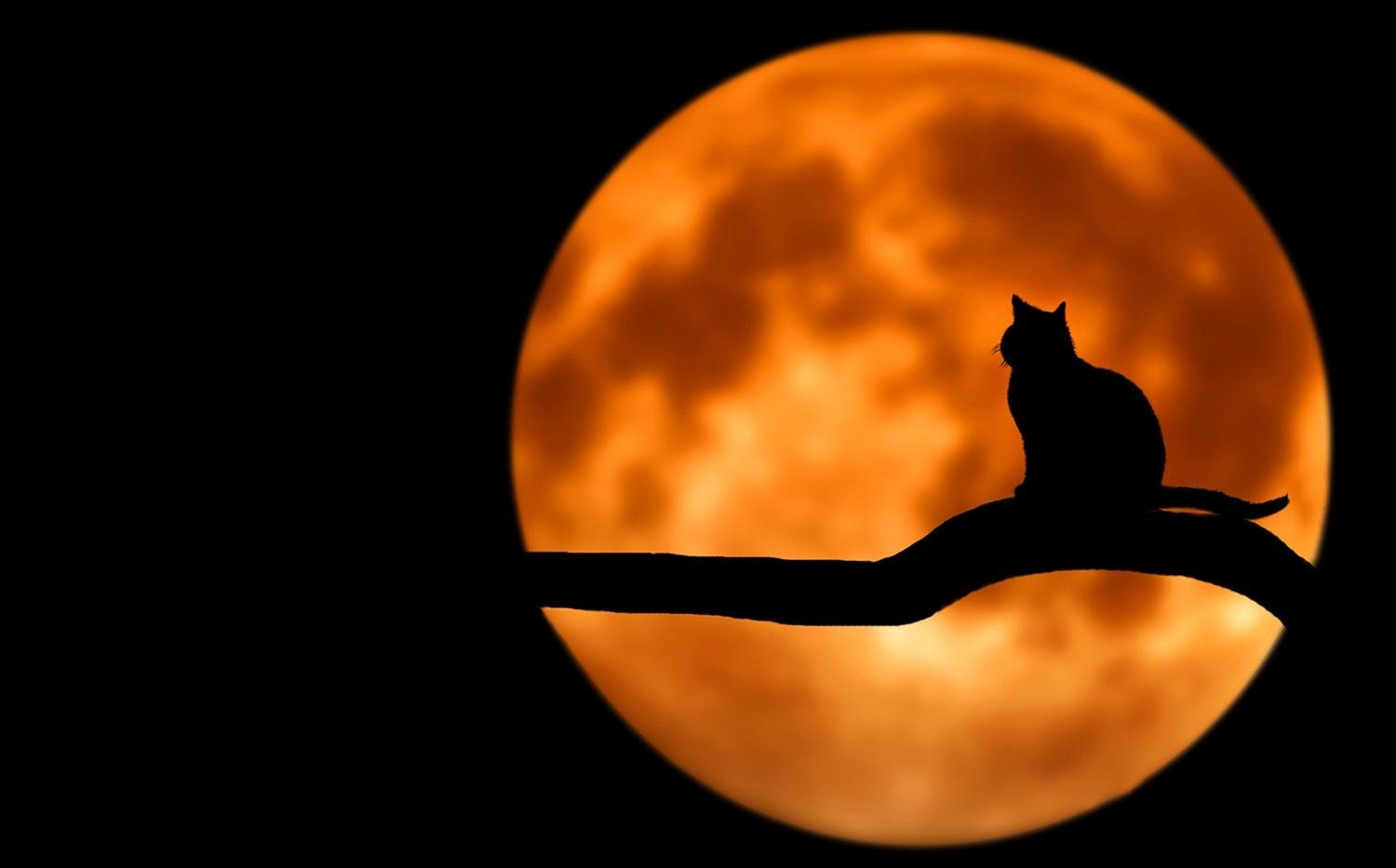
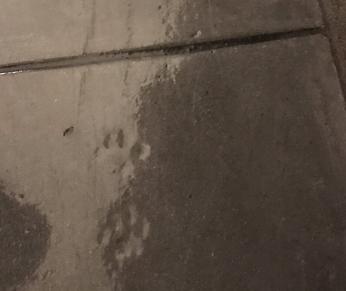
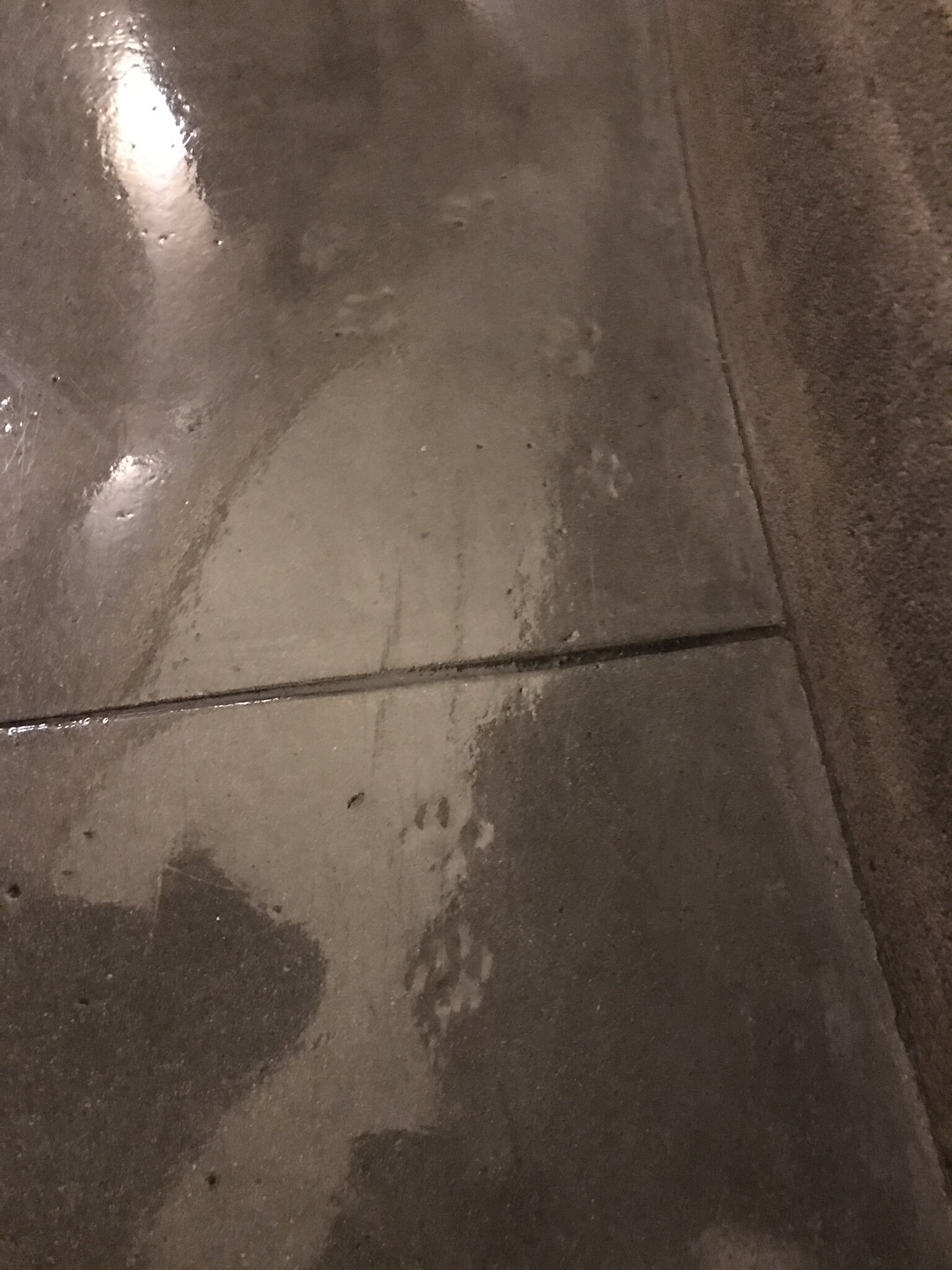
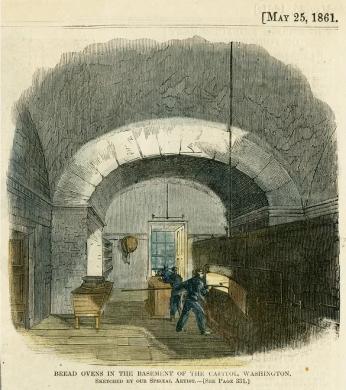
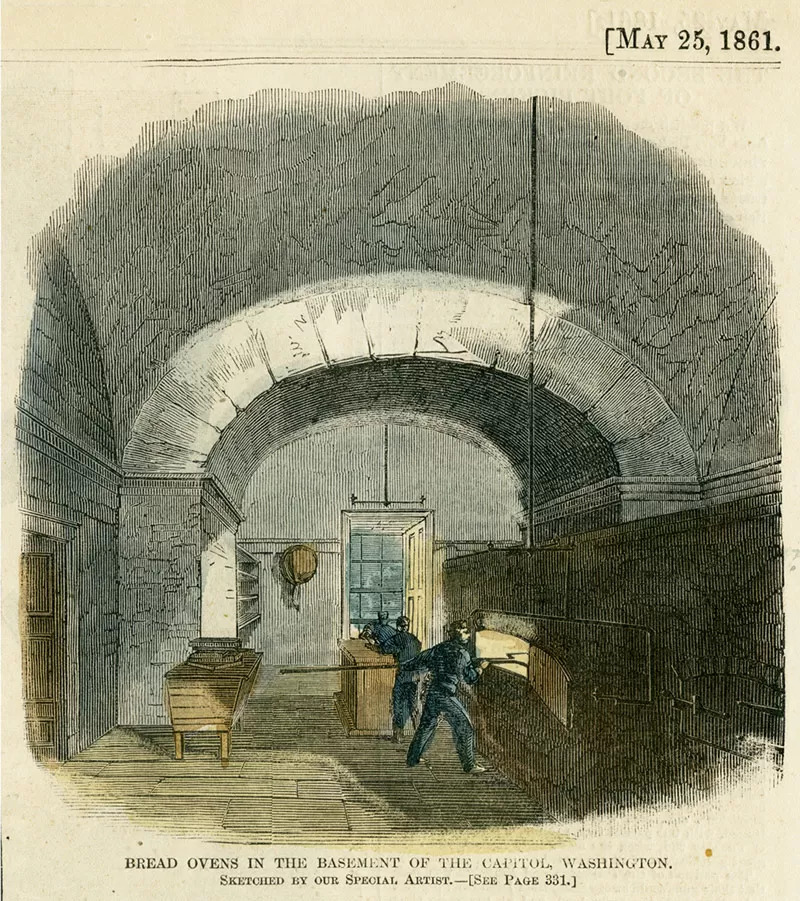
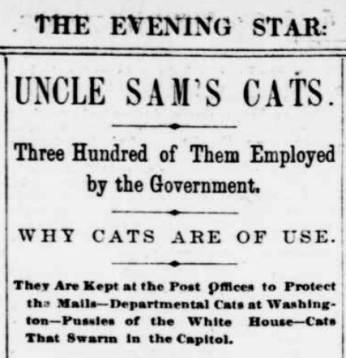
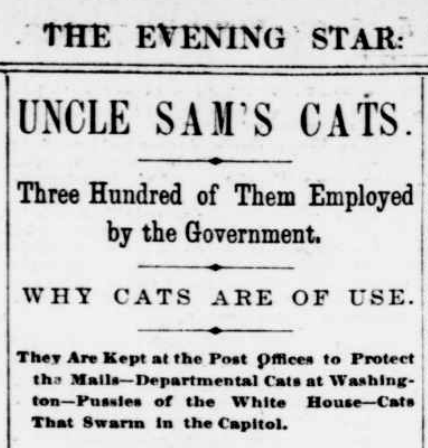
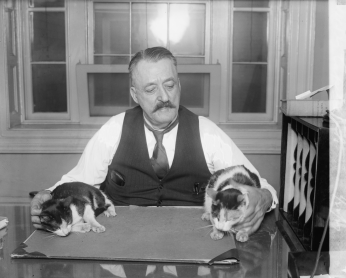
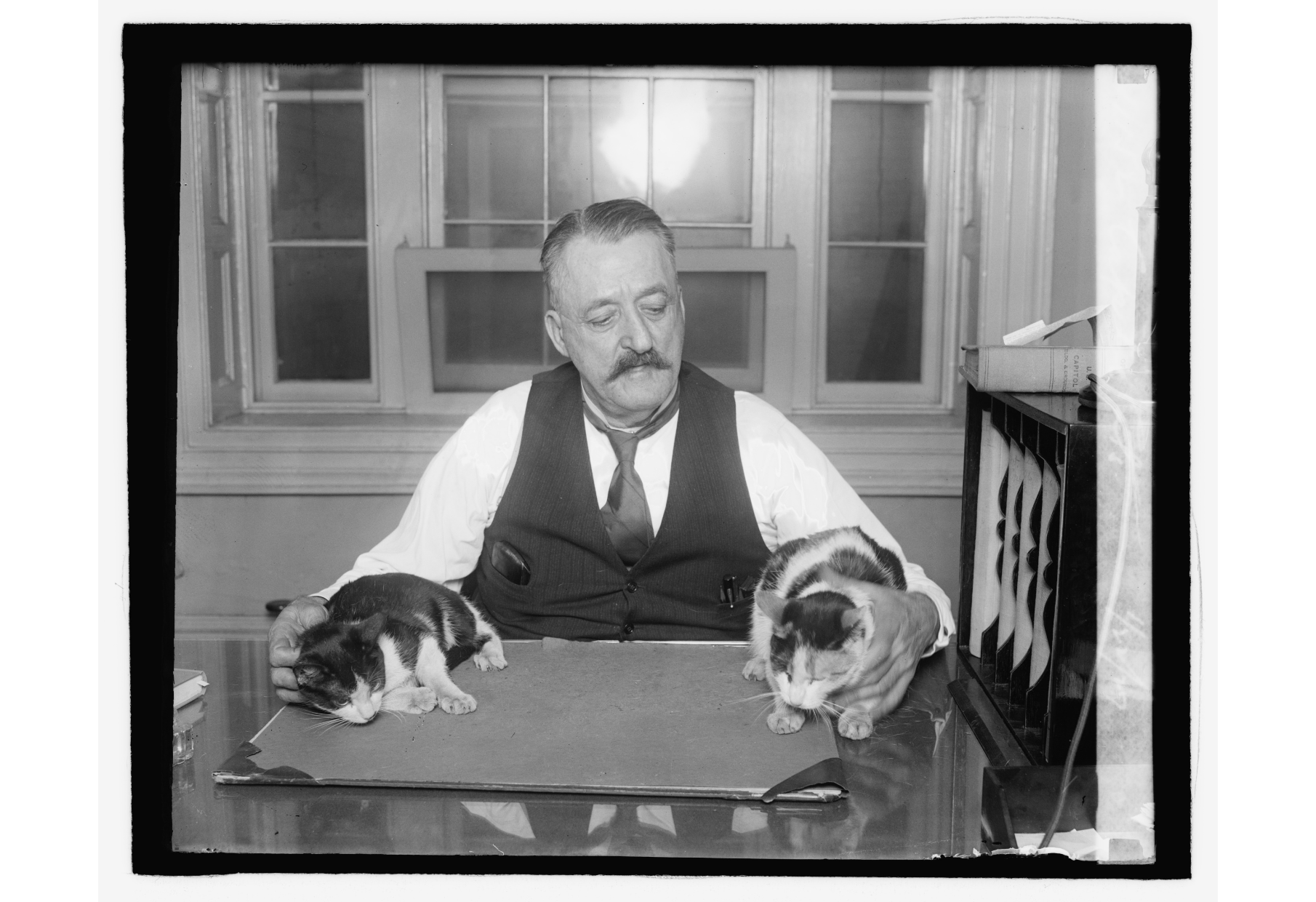
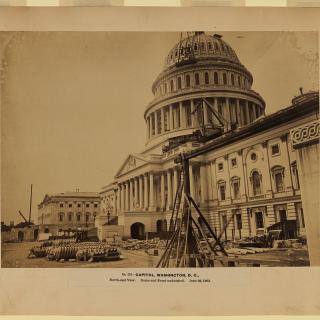
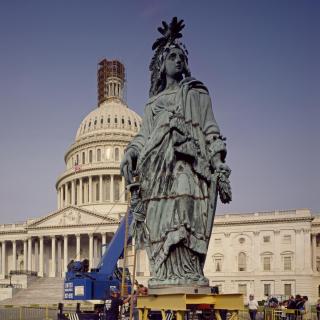
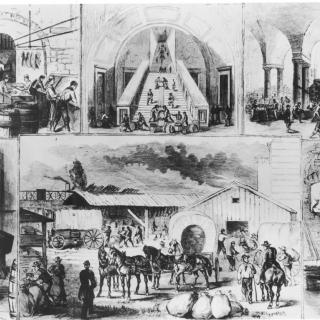
![Sketch of the mythical fuan by Pearson Scott Foresman. [Source: Wikipedia]](/sites/default/files/styles/crop_320x320/public/2023-10/Goatman_Wikipedia_Faun_2_%28PSF%29.png?h=64a074ff&itok=C9Qh-PE1)












